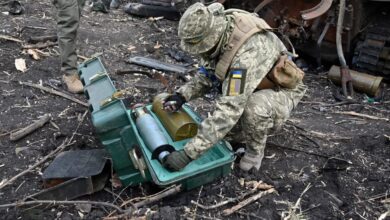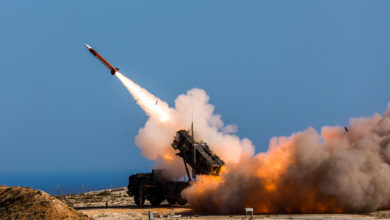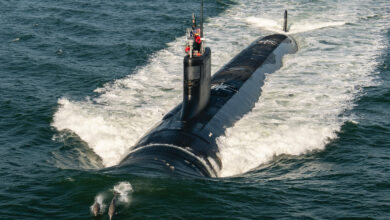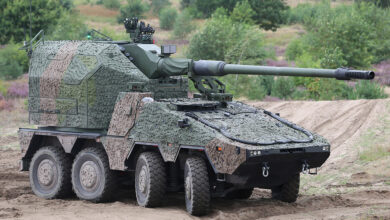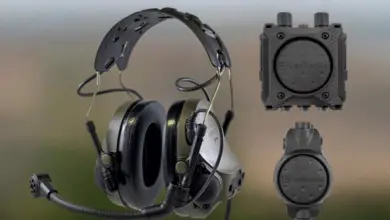US Naval Center Developing Safer Weapons Alternative
The High-Power Microwave (HPM) Weapon Systems Division at the Naval Surface Warfare Center in Virginia is developing an alternative weapon to make combat safer.
A project lead for vessel interdiction in the HPM Weapon Systems Division said that his team wants to provide the US Coast Guard with an HPM system to undergo a year-long operational utility assessment.
He stated that the system serves as “another tool in the toolbox” to aid in the decision-making process and is not intended to replace existing weapons.
In a press release, the division explained that HPM weapons create an option for forces to use less lethal methods, preventing injuries or death during encounters.
The weapon transmits extremely high electromagnetic energy to disrupt or disable critical components of enemy vessels, making the target inoperable with “little to no effect” on personnel.
“When looking at noncompliant interdictions, you’re looking at higher risk. HPM eliminates a lot of that risk,” division head Kevin Cogley stressed.
“In terms of threat escalation, HPM offers an alternative to putting a bullet downrange. And when considering cost-effectiveness, depending on the target set, it may not make sense to shoot a multimillion-dollar weapon at a low-cost target.”
‘Safer Than Flash Bang’
HPM Weapon Systems Division technical director Scott Griffiths explained that his team has been “extensively testing” targets to determine the HPM weapon system’s impact.
Over the past three decades, the division has also leveraged advancements in technology to create smaller and more portable HPM systems that could reduce collateral damage during military operations.
“Essentially, what we are doing with HPM is intentionally causing electromagnetic interference on our targets by subjecting them to electromagnetic energy levels well above what it’s designed to operate,” Griffiths remarked.
HPM Weapon Systems Division’s Adam Clark claims the alternative weapon system is “safer than even a flash bang.”
He said that the division has invested in testing and identifying what frequencies work and understanding the relationship between an HPM attack and the response of the actual target.


